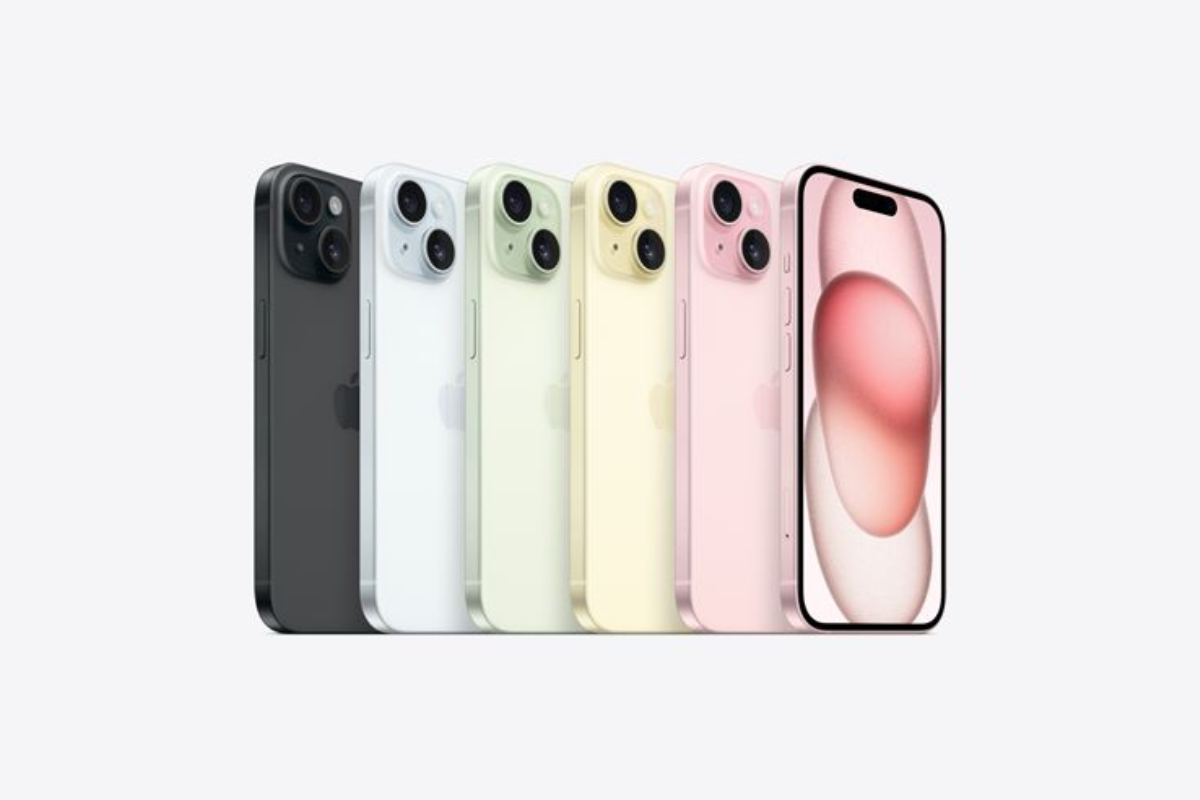Apple: Did you realise that the back of your iPhone’s screen has hidden microscopic QR codes inscribed on it? These codes, which are each about the size of a crayon tip and a grain of dust, are crucial to Apple. They aid the tech giant in monitoring the glass cover units’ manufacture and identifying any screens with flaws.
Apple’s Hidden secret codes
Both codes are extremely small; one is the size of a grain of sand and can only be seen with specialised equipment, while the other is laser-printed on the back of the glass anywhere along its black bezel or border and is about the size of the tip of a crayon. To assist Apple in identifying and minimising flaws, the codes are applied to the glass at various stages of production. They are an example of the company’s meticulous attention to detail in producing products like the iPhone, which has enabled it to cut costs in a sector with historically poor margins.
Creating this kind of barcode was challenging for Apple. The code was engraved into the glass of the first units using a laser. But ultimately, they made the screen less sturdy. The majority of the glass cracks in drop tests were located near the location of the QR code. Therefore, the engineers were forced to develop new techniques utilising microscopic lenses and ring lights.
How to they help the company?
They help the business save money, and anything that might help the tech giant save money will be included in the manufacturing process. The tags allow Apple to precisely track how many glass cover units were created by its suppliers Lens Technology and Biel Crystal, as well as how many of them were flawed. It appears that the latter two suppliers have made an effort to conceal from Apple the actual quantity of manufactured damaged displays. The creation of many damaged displays might drastically increase Apple’s prices.
Apple receives the raw glass materials from Corning, but they are sent to Lens Technology and Biel Crystal for shaping. The iPhone manufacturer can also keep tabs on both businesses thanks to the tiny QR codes.
Keep watching our YouTube Channel ‘DNP INDIA’. Also, please subscribe and follow us on FACEBOOK, INSTAGRAM, and TWITTER
